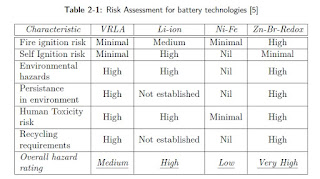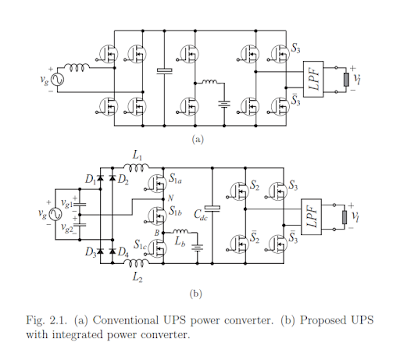Design of a highly efficient charger for Nickel-Iron batteries Anil Kumar Ananda Master of Science Thesis Electrical Power Engineering at Delft University of Technology Faculty of Electrical Engineering, Mathematics and Computer Science (EEMCS) · Delft University of Technology
Abstract
Obtaining good performance from stand-alone PV systems requires successful integration of batteries that are reliable, effective, long lasting, environmental-friendly and affordable as it is crucial to deal with variable solar illumination throughout the year. Nickel Iron battery technology (Ni-Fe) is a perfect fit for the solar-powered households as it is satisfies all the requirements. Charge controllers need to be efficiently designed for Ni-Fe batteries for protection from overcharge/discharge. This thesis concentrates on selecting the best topology from B2R converters from the patent 550 of ESA to be applied for designing the charge controller for Ni-Fe batteries. An analysis is carried out to determine the advantage of B2R converters in the patent over conventional buck-boost topologies like SEPIC or Cuk and evaluate their utility for charge control applications. The focal point of topological selection will be the evaluation of topologies on the basis of efficiency and complexity for realistic adaptation into a charge controller. After defining the load power parameters, the operation of the topologies in two different modes of conduction (BCM & CCM) is investigated and an analytical model is developed for losses. Significant factors that play a role in determining the efficiency for varying source parameters (input voltage) are scrutinized. The relative merits of using BCM/CCM for design are inspected by carrying out simulations for loss calculations using the analytical model with data-sheet parameters from realistic components for their suitability for the application. Component selection is done by keeping in mind the prevalent technologies in the market that are costeffective and the procedure followed in the design of magnetics for the topologies in different modes of conduction and its impact on efficiency is discussed and an assessment is carried out on the performance of the components with variations in input voltage for the same power level. The proposed analytical models for switching losses in MOSFETs and overall losses topologies are validated by carrying out experiments on the prototypes of two best topologies in both conduction modes. The results critique the accuracy of the analytical model in determining the actual efficiency of the topologies, the margin of deviation by means of comparison with the experimental results and concludes with suggestions for selecting the most efficient topology and recommends a mode of conduction for best results.
LINK
https://repository.tudelft.nl/islandora/object/uuid:6d77615d-925e-4a7e-88d7-818552522bda/datastream/OBJ/download



















































 JOSIL ARTISTA PLASTICO FORTALEZA CEARA BRASIL AV.HERACLITO GRAÇA 41 TEL(85)32542378
JOSIL ARTISTA PLASTICO FORTALEZA CEARA BRASIL AV.HERACLITO GRAÇA 41 TEL(85)32542378















